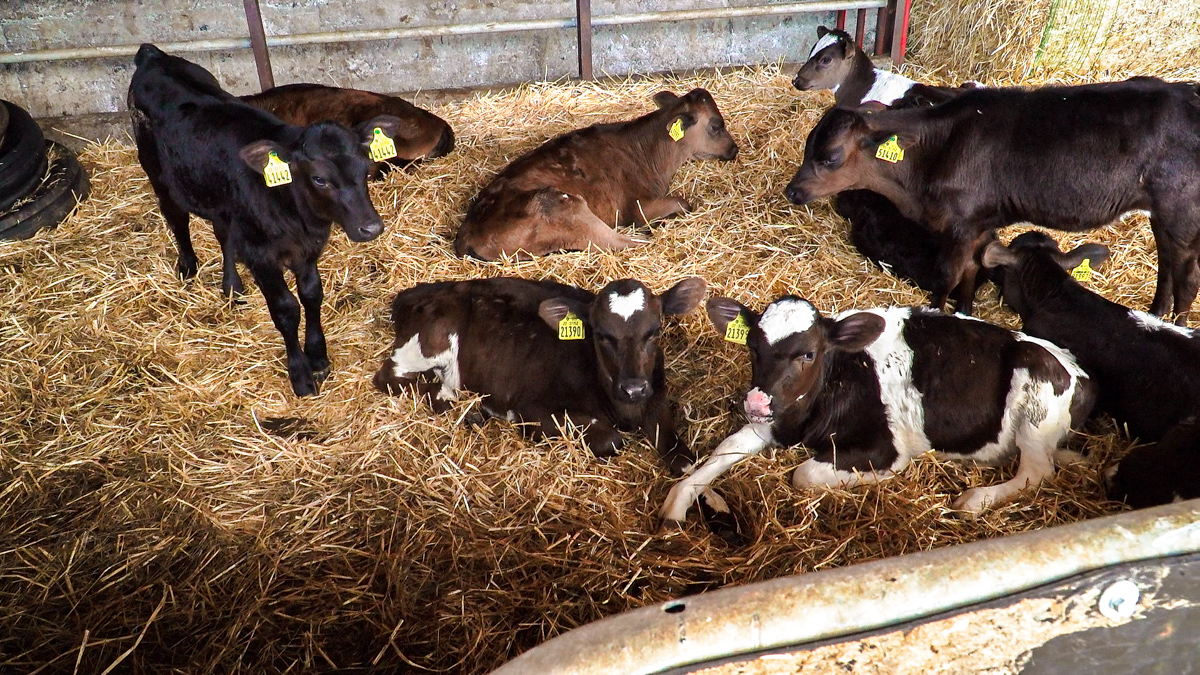Vaccines play a key role in livestock farming and are likely to continue to play a major role going forward as antibiotic usage is reduced.
There are two main forms of vaccinations: Inactivated and live vaccines.
Inactivated vaccines contain a tiny part of the disease organism, which is dead, while live vaccines contain a live organism that is closely related to the disease-causing organism or bacteria.
The live organism is either a non-harmful strain or a weakened strain, so it can no longer cause the disease.
Some of more common used vaccinations used on farms are:
- Bovine Viral Diarrhoea (BVD);
- Leptospirosis;
- Clostridial diseases;
- Infectious Bovine Rhinotracheitis (IBR);
- Pneumonic Pasteurellosis; and many more.
Vaccines
Vaccines stimulate an animal’s immune system without infecting them with the disease. They help to prevent disease and work best when used in groups.
This means that is the animal then comes into contact with the disease, its immune system will recognise it and immediately produce the antibodies needed to fight the disease-causing bacteria.
Although it may not stop the animal from becoming sick, it should greatly reduce the severity of the sickness.
When using vaccinations in livestock it is important to ensure that they are being used correctly.
Vaccines usually have specific storage requirements; most need to be refrigerated up until use, with live vaccines being particularly fragile, especially if they become either too hot or frozen.
It is important, when administering a vaccine, that the instructions are followed. Dosage requirements are usually different to other medicines and there is often a set dosage rate, with no variation due to weight.
Importance moving forward
Vaccination already plays an important role in many farmer’s herd health plans, but their importance is likely to increase further.
The regulation affecting antibiotic usage on farms will result in their reduced use and therefore means more measures will be needed before antibiotics can be given.
This may include the use of culture and sensitivity testing to determine the bacteria causing the sickness in question.
Because of this, vaccinations will play a major role on farms, but they will not solve issues related to poor management or facilities.
To decrease levels of illness on farms, vaccines need to be used alongside good management practices, as well as good and hygienic facilities that do not aid in the spread of sickness or illness.
